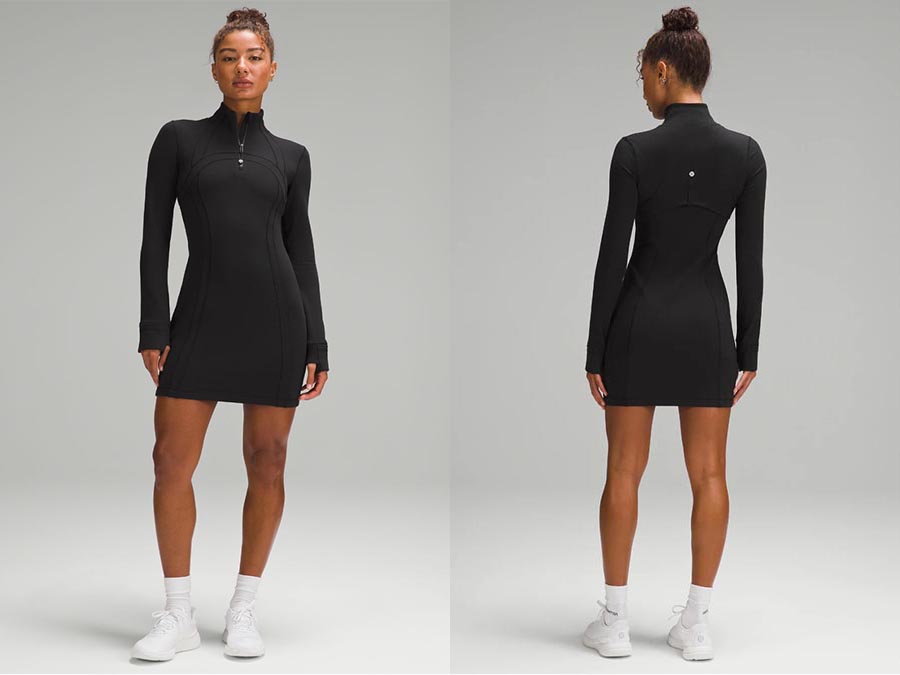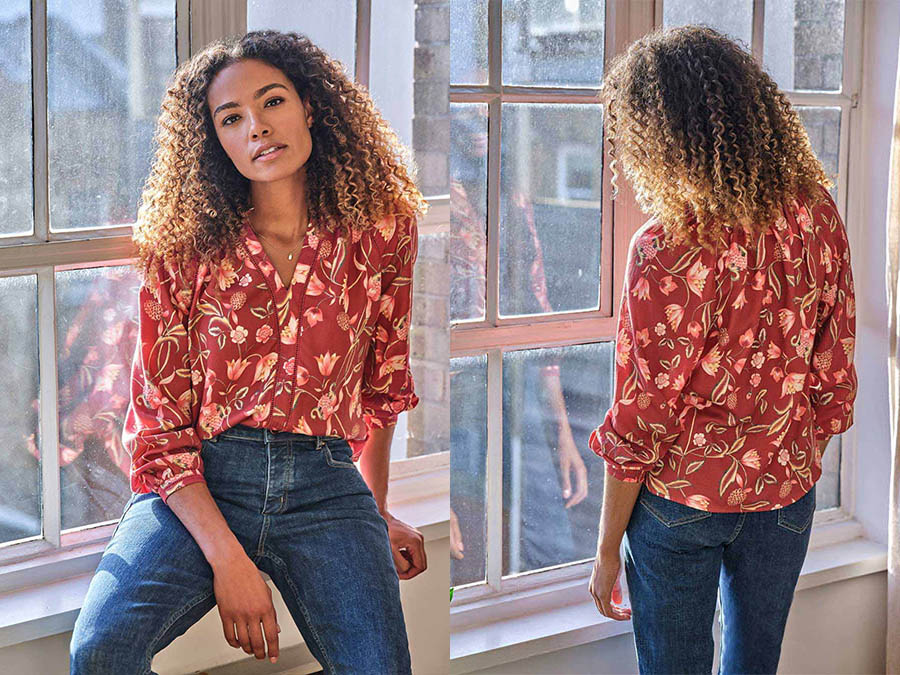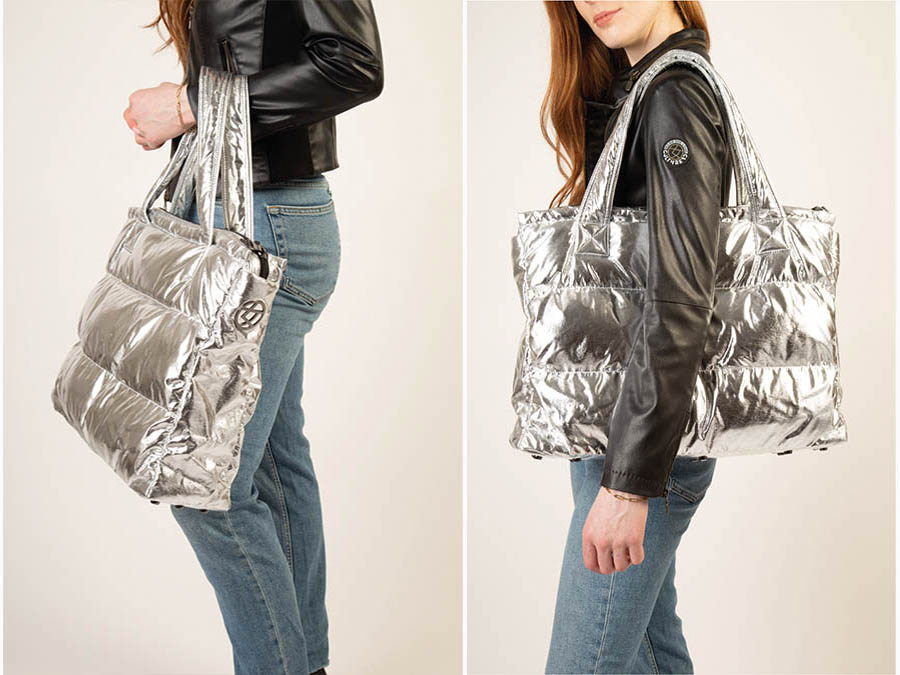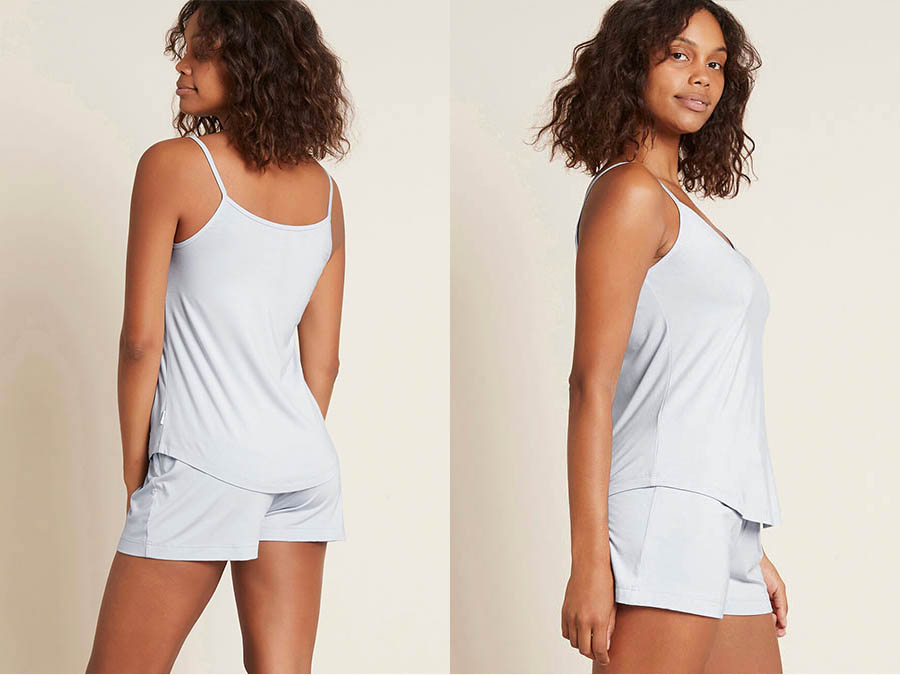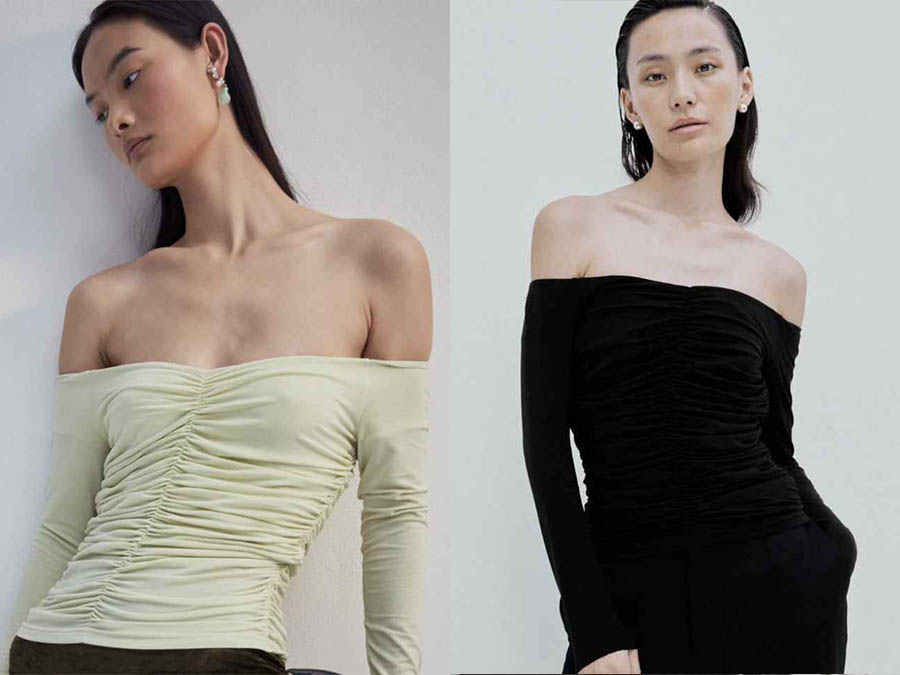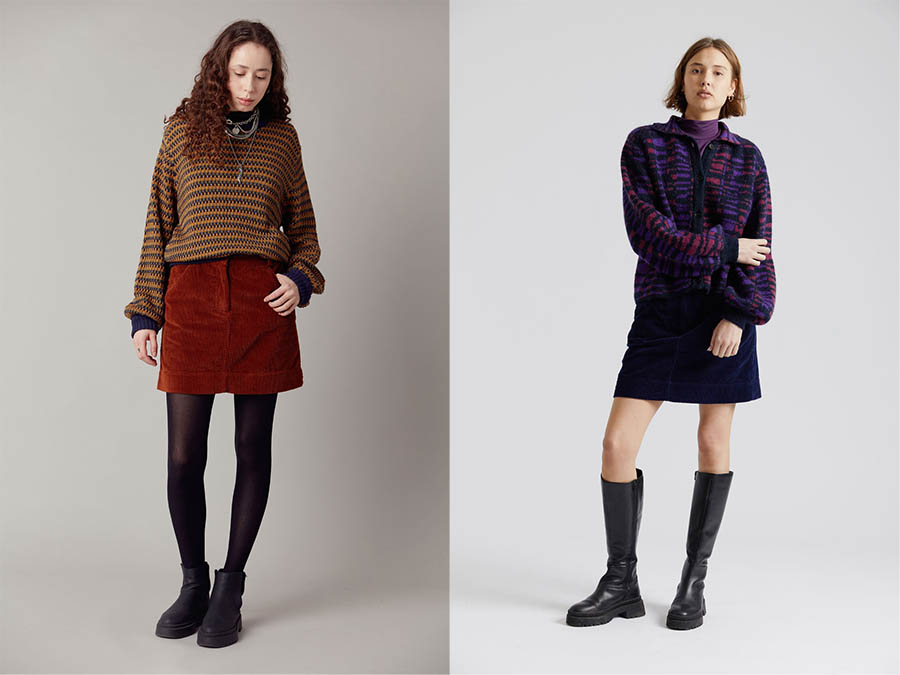Consumer Demand for Sustainable Fashion
Consumer demand for sustainable fashion has been on the rise in recent years as people become more aware of the environmental and social impacts of the fashion industry.
Several factors contribute to this increasing demand. Here at Sustainablefashion.ie we explain why the demand for sustainable fashion is growing.
What Qualifies as Sustainable Fashion?
Sustainable fashion refers to clothing, shoes, and accessories that are produced, marketed, and used in the most sustainable manner possible, taking into account both environmental and socio-economic aspects. Several factors contribute to qualifying fashion as sustainable:
1. Materials
- Organic and Natural Fibers: The use of organic cotton, hemp, linen, and other natural fibers that are grown without the use of synthetic pesticides and fertilizers.
- Recycled Materials: Incorporating recycled materials, such as recycled polyester or reclaimed fabrics, into the production process.
2. Production Practices
- Ethical Labor Practices: Ensuring fair wages, safe working conditions, and workers’ rights throughout the supply chain.
- Local Production: Reducing the environmental impact by sourcing and producing items locally, thereby minimizing transportation-related emissions.
3. Supply Chain Transparency
Traceability: Providing information about the entire supply chain, from raw material sourcing to manufacturing, to allow consumers to make informed choices.
4. Low Environmental Impact
- Water and Energy Efficiency: Implementing practices that reduce water and energy consumption during production processes.
- Reduced Chemical Use: Minimising the use of harmful chemicals and dyes in the manufacturing process.
5. Longevity and Durability
- Quality Construction: Creating durable products with high-quality craftsmanship to ensure they have a longer lifespan.
- Timeless Design: Focusing on classic and timeless styles that don’t go out of fashion quickly, reducing the likelihood of disposal.
6. Circular Economy Principles
- Recyclability: Designing products with the end of life in mind, making it easier to recycle or upcycle items.
- Take-back Programs: Initiatives that allow consumers to return old items for recycling or proper disposal.
7. Reduced Waste
- Zero or Low Waste Production: Minimising waste in the manufacturing process through efficient design and production methods.
- Upcycling and Repurposing: Finding creative ways to use existing materials or repurpose old clothing items.
8. Consumer Education
• Promoting Conscious Consumerism: Encouraging consumers to make informed choices, buy less, and invest in high-quality, sustainable products.
It’s important to note that sustainable fashion is a complex and evolving concept. Brands may focus on different aspects of sustainability, and certifications such as Global Organic Textile Standard (GOTS), Fair Trade, and others can help consumers identify products that meet specific sustainability criteria.
Why Consumer Demand for Sustainable Fashion is Growing.
Now you know what qualifies as sustainable fashion, let’s take a look at the benefits it brings to our environment
1. Environmental Awareness
Consumers are becoming more conscious of the environmental impact of the fashion industry, including issues like water pollution, excessive use of resources, and the disposal of clothing. This awareness has led to a growing interest in sustainable and eco-friendly fashion options.
2. Ethical Considerations
There is an increasing focus on ethical practices in the fashion supply chain. Consumers are concerned about fair labour practices, safe working conditions, and fair wages for workers in the fashion industry. Brands that prioritize these ethical considerations are gaining favor among consumers.
3. Transparency and Accountability
Consumers are demanding greater transparency from fashion brands regarding their production processes, sourcing of materials, and overall supply chain.
Brands that are open about their practices, and which can demonstrate a commitment to sustainability, are more likely to attract and retain environmentally conscious consumers.
4. Innovation in Sustainable Materials
The fashion industry is responding to consumer demand by developing and incorporating sustainable materials such as organic cotton, recycled polyester, and innovative fabrics made from materials like bamboo or Tencel. These materials have a lower environmental impact compared to traditional ones.
5. Circular Fashion Economy
The concept of a circular fashion economy, where clothing is designed to be recycled, upcycled, or biodegradable, is gaining traction.
Consumers are seeking products that align with this circular model, promoting a more sustainable and less wasteful approach to fashion.
6. Educational Initiatives
Increased access to information through social media, documentaries, and educational campaigns has raised awareness about the impact of fast fashion on the environment.
As consumers become more informed, they are making more deliberate choices in favor of sustainable fashion.
7. Government Regulations and Industry Standards
Some regions and countries are implementing regulations and industry standards to encourage sustainable practices in the fashion industry. This is pushing brands to adopt more environmentally friendly and socially responsible approaches.
8. Celebrity and Influencer Endorsements
The endorsement of sustainable fashion by celebrities and influencers can significantly impact consumer behavior.
When public figures promote sustainable brands and practices, it can influence their followers to make more sustainable choices in their fashion consumption.
And Finally
As a result of these factors, many fashion brands are incorporating sustainability into their business models.
This shift in consumer demand is not only influencing established brands to adopt more sustainable practices but also giving rise to a new wave of sustainable and ethical fashion brands.
The fashion industry’s responsiveness to these changing consumer preferences indicates a broader shift towards a more sustainable and responsible approach to fashion production and consumption.

